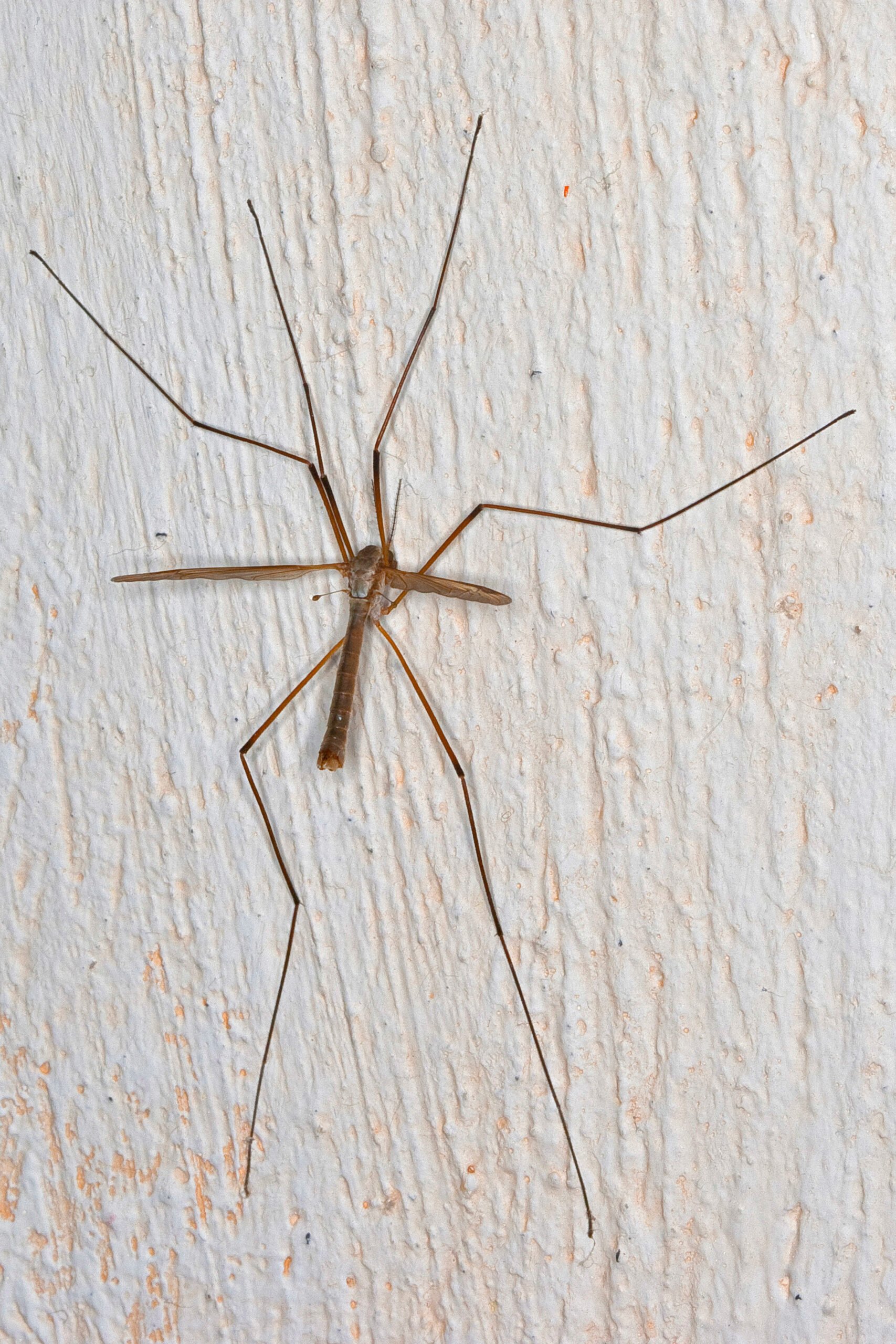
Credit: Alamy
Spider Expert Explains What You Should Do When You See A Daddy Long Legs
A spider expert has explained what you should do when you see a daddy long legs.
As autumn settles in and the days grow shorter, a familiar visitor often makes an appearance, sending shivers down the spines of many – daddy long legs.
These leggy creatures, often mistaken for spiders, tend to provoke fear in those who dread their arrival during what’s colloquially known as ‘spider season’.
However, an expert has shed light on what you should actually do if you encounter a daddy long legs in the wild.
Related Article: People Left Disturbed After AI Creates Images Of Human-Shaped Animals
Related Article: Netflix Star Jenna Ortega Says She Used To Perform ‘Autopsies’ On ‘Little Animals’
Karl Curtis, the director of reserves and community engagement at Warwickshire Wildlife Trust, offers valuable insights into the world of daddy long legs.
Contrary to popular belief, these creatures are not spiders but a type of cranefly, scientifically known as Tipulidae.
The insects often make their appearance during this time of year, emerging from various hiding spots, including lawns and underground as larvae.
Their life cycle is a fascinating one, starting as grubs and eventually hatching into crane flies.
According to Curtis, their current season marks their final phase as they emerge to mate and lay eggs before their life cycle concludes.
One common misconception about daddy long legs is that they are spiders.
Curtis, however, clarifies that they are, in fact, flies and serve as a crucial food source for birds.
These insects play an important role in our ecosystem, contributing to the natural balance of various species.
Hence, rather than resorting to fear-driven actions like killing them or using harmful fly sprays, Curtis encourages people to let daddy long legs out of their windows.

He emphasises that fly sprays, while effective in eliminating flies, have detrimental effects on the environment and other living organisms.
The use of such chemicals should be avoided, especially when dealing with harmless creatures like crane flies.
Addressing another common misconception, Curtis points out that daddy long legs are not poisonous.
This myth may have arisen due to their long legs and superficial resemblance to cellar spiders.
However, Curtis reassures that crane flies are absolutely harmless, with no harmful venom or stingers.
Related Article: Wombat Poop Is Square And Scientists Have Finally Figured Out Why
Explaining their occasional incursions into our homes, Curtis notes that daddy long legs are attracted to light and warmth.
They seek sources of light, often found indoors when the lights are on.
This behaviour stems from their evolutionary strategy to hatch out during darker hours to avoid being preyed upon by birds.
Contrary to seeking shelter, these insects are on a mission to find mates and lay eggs, ending up indoors as they navigate their way towards light sources.
The role of daddy long legs in our environment is more significant than meets the eye.
These wall-jumping insects play a crucial part in maintaining ecological balance by assisting in the control of various pests and contributing to the decomposition of organic matter.
They help manage populations of spiders, aphids, dead insects, fungi, bird droppings, worms, and snails, demonstrating their importance in our ecosystem.
As spider season unfolds and daddy long legs make their appearance, it’s worth remembering that these creatures, often feared, are in reality valuable contributors to the delicate web of life.
We should not only refrain from killing daddy long legs but also appreciate their presence in our ecosystem!